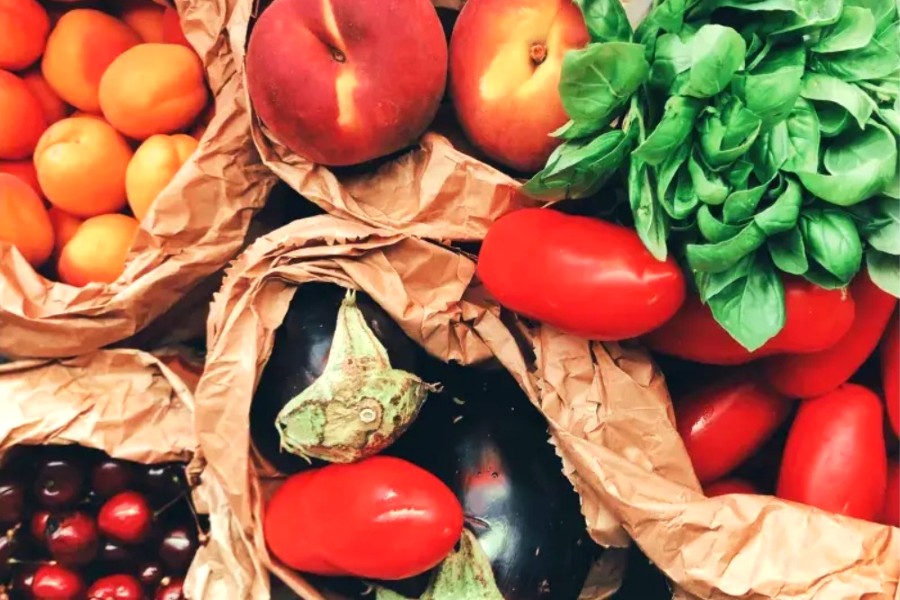LaToya Ruby Frazier’s Artworks on Display at GBE in Harlem
Since becoming a recipient of a MacArthur Foundation Fellowship in 2015, LaToya Ruby Frazier has been the subject of numerous solo presentations of her work in recent exhibitions in Brooklyn, NY, New York, NY, Seattle, WA, Boston, MA and Pittsburgh, PA to name a few. Rarely does an artist get the opportunity to display three distinct bodies of work at one time. On January 14th, 2018 Gavin Brown’s enterprise (“GBE”) opened its debut solo exhibition by the artist and photographer, LaToya Ruby Frazier at it Harlem gallery located at 439 West 127th Street. LaToya’s artistic work spans a range of media that incorporates photography, video and performance to create visibility through her images and story-telling to expose the violation of human rights.
Her works on display are laid out on three separate floors to give each the spotlight they deserve in their own right; LaToya uses her artwork as a platform to advocate for others, the oppressed and the inequality faced by the disenfranchised. Her artwork provokes you to think, not only about the subjects depicted in the images, but also about how those same topics impact your life where you reside. When art makes you think it’s fulfilling its purpose; it may mean different things to each person, but stimulating your mind is the goal.
Take for example the Flint is Family series on the first floor of GBE that explores Flint, Michigan’s water crisis and the effects on its residents. The Flint water crisis began in 2014 when the drinking water source for the city of Flint, Michigan was changed to the Flint River. Due to insufficient water treatment, over 100,000 residents were potentially exposed to high levels of lead in the drinking water. LaToya spent five months with generations of women in a Flint family witnessing their day to day lives as they live through one of America’s most devastating man-made environmental tragedies. The drinking water in Flint, Mich., is now in compliance with federal regulations on lead and copper content, officials said on Tuesday, January 24, 2017. However, they cautioned that it could be a year or more before it is safe for residents to drink from their faucets, because lead-tainted pipes need to be replaced. To me Flint is everywhere in America and every time I hear or read of another school that stops the kids from drinking from its water fountains, or another 90 something year old water main breaking and local officials ask residents not to use the water for drinking or bathing I wonder.
On the 2nd floor the theme is “The Notion of Family,” which is Frazier’s best-known body of work that explores her family, her hometown and her experiences through photos of landscape and portraits of the former industrial steel town of Braddock, PA.
Braddock is a borough located in the eastern suburbs of Pittsburgh in Allegheny County, Pennsylvania, 10 miles upstream from the mouth of the Monongahela River. The population was 20,879 in the 1920s and dwindled down to 2,159 at the 2010 census. During the early 1900s many immigrants settled in Braddock, primarily from Croatia, Slovenia, and Hungary. Braddock lost its importance with the collapse of the steel industry in the United States in the 1970s and 1980s, which coincided with the crack cocaine epidemic of the early 1980s, and the combination of the two woes nearly destroyed the community. In 1988, Braddock was designated a financially distressed municipality.
This body of work is LaToya’s longest running series and it too follows three generations of women: LaToya’s grandmother who was born in 1925, who grew up and lived through Braddock’s prosperous steel boom; LaToya’s mother who lived through the deindustrialization and segregation of the 1960s; and LaToya herself who grew up during the invasion of crack cocaine and witnessed the abandonment of her hometown.
Her third body of work on display, “A Pilgrimage to Noah Purifoy’s Desert Art Museum,” was inspired by the artist’s journey to Noah Purifoy’s outdoor museum in the high desert of Joshua Tree. Purifoy took burnt materials from the Watts riots of the mid-1960s and turned them into works of art in the desert. Now I thought of the movie “Mad Max” while I was looking at the artwork; a movie about years after the collapse of civilization where the tyrannical Immortan Joe enslaves apocalypse survivors inside the desert fortress the Citadel. Like I said earlier, good art provokes you to think after you’ve been exposed to it.
So, I did a little a research and discovered that Joshua Tree is a national park that is a vast protected area in southern California. It’s characterized by rugged rock formations and stark desert landscapes. Named for the region’s twisted, bristled Joshua trees, the park straddles the cactus-dotted Colorado Desert and the Mojave Desert, which is higher and cooler. Keys View looks out over the Coachella Valley. Hiking trails weave through the boulders of Hidden Valley. A fascinating variety of plants and animals make their homes in a land sculpted by strong winds and occasional torrents of rain. Dark night skies, a rich cultural history, and surreal geologic features add to the wonder of this vast wilderness in southern California.
Her exhibit will be on display in the village of Harlem for five days until February 25th, 2018. Please stop by GBE and look at her work while you have a chance; it will make you think.
Become a Harlem Insider!
By submitting this form, you are consenting to receive marketing emails from: . You can revoke your consent to receive emails at any time by using the SafeUnsubscribe® link, found at the bottom of every email. Emails are serviced by Constant Contact









